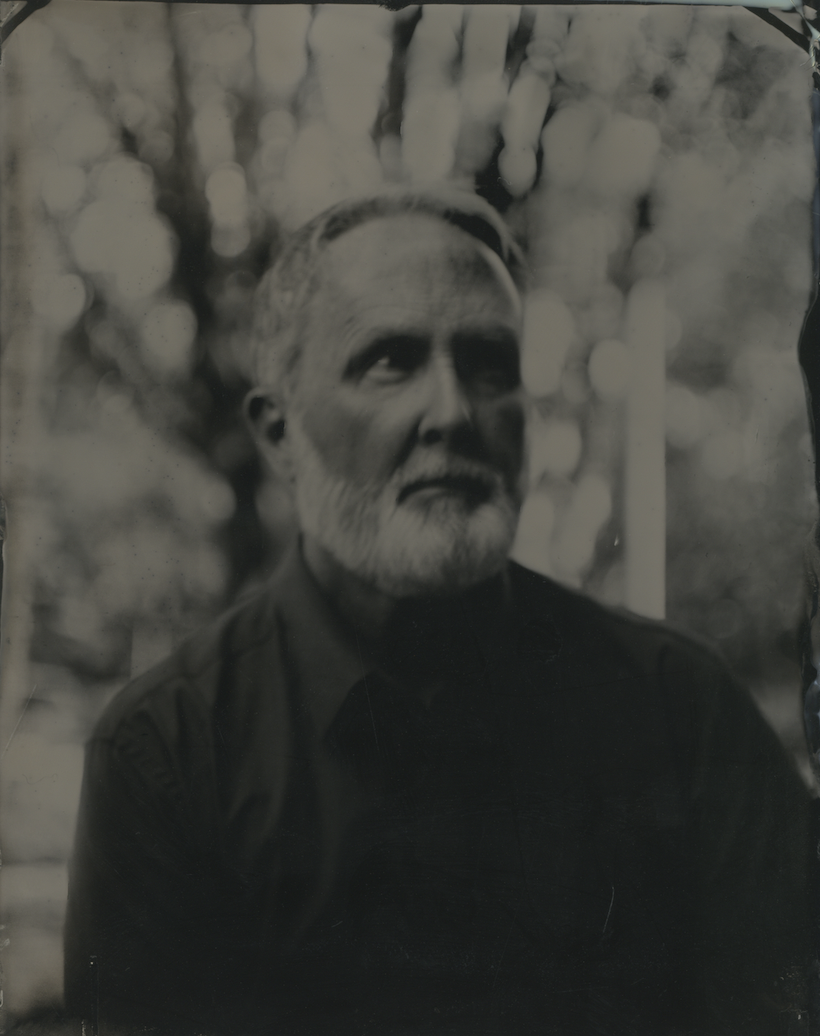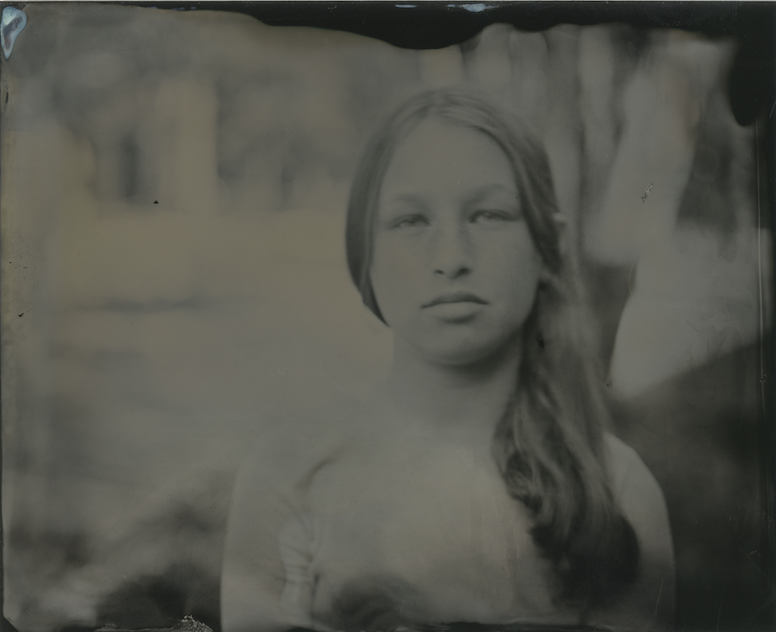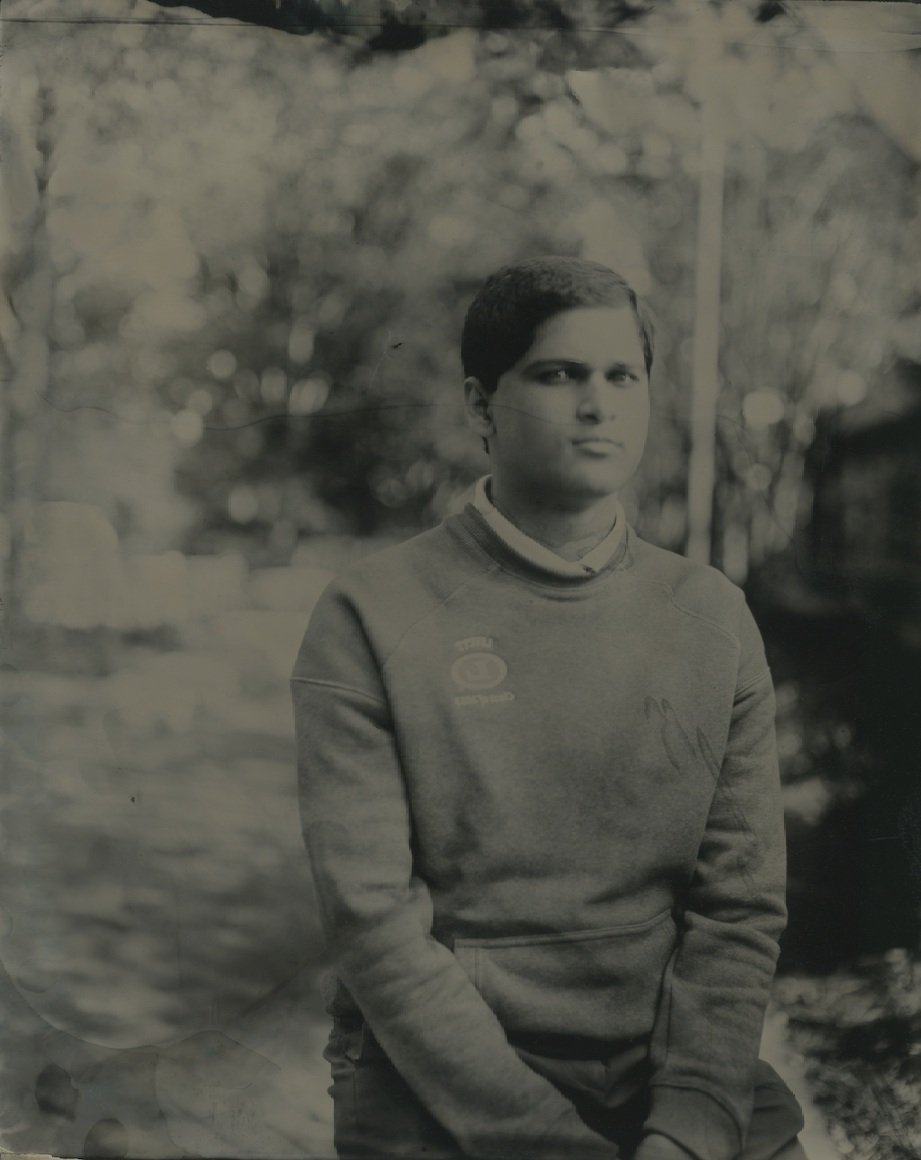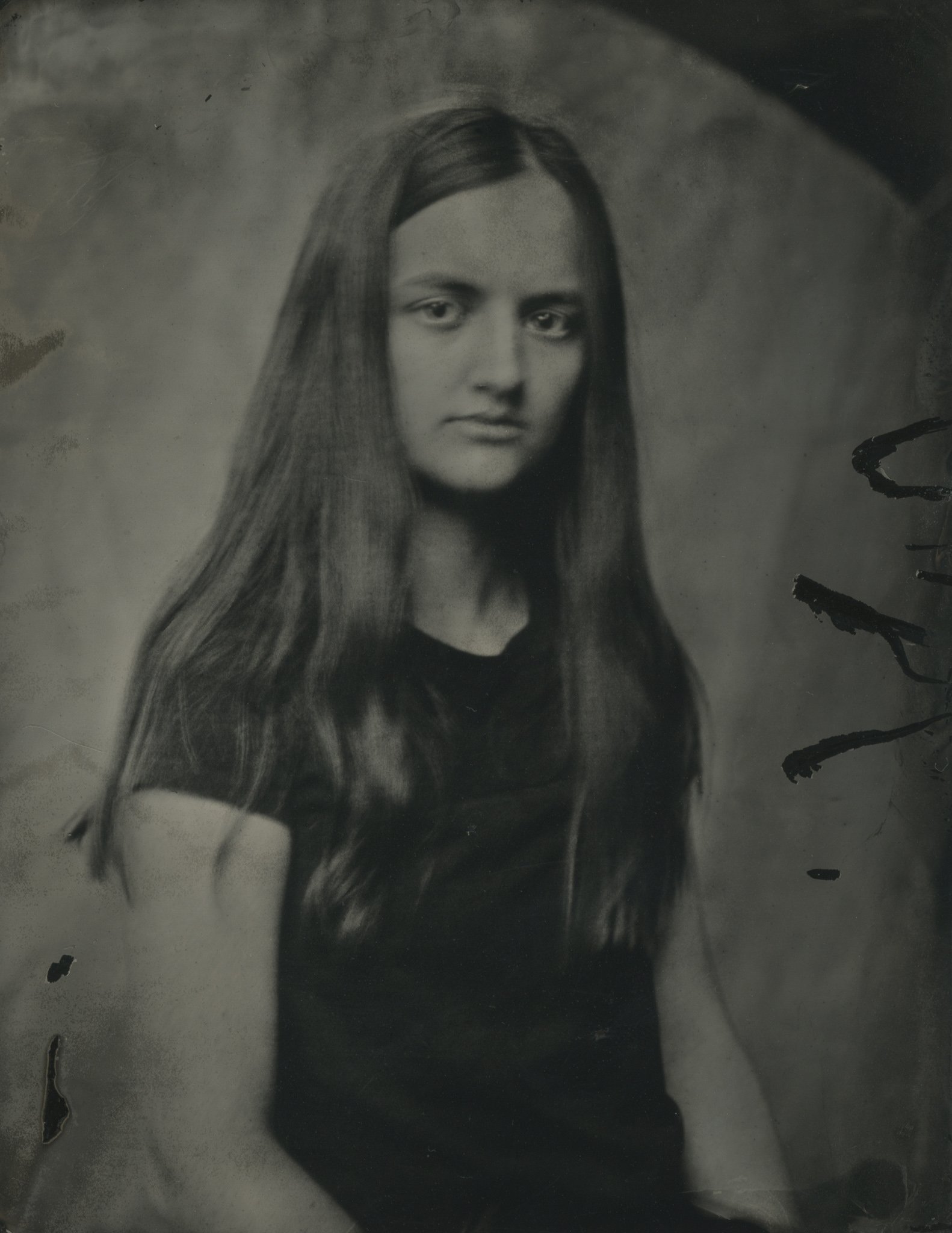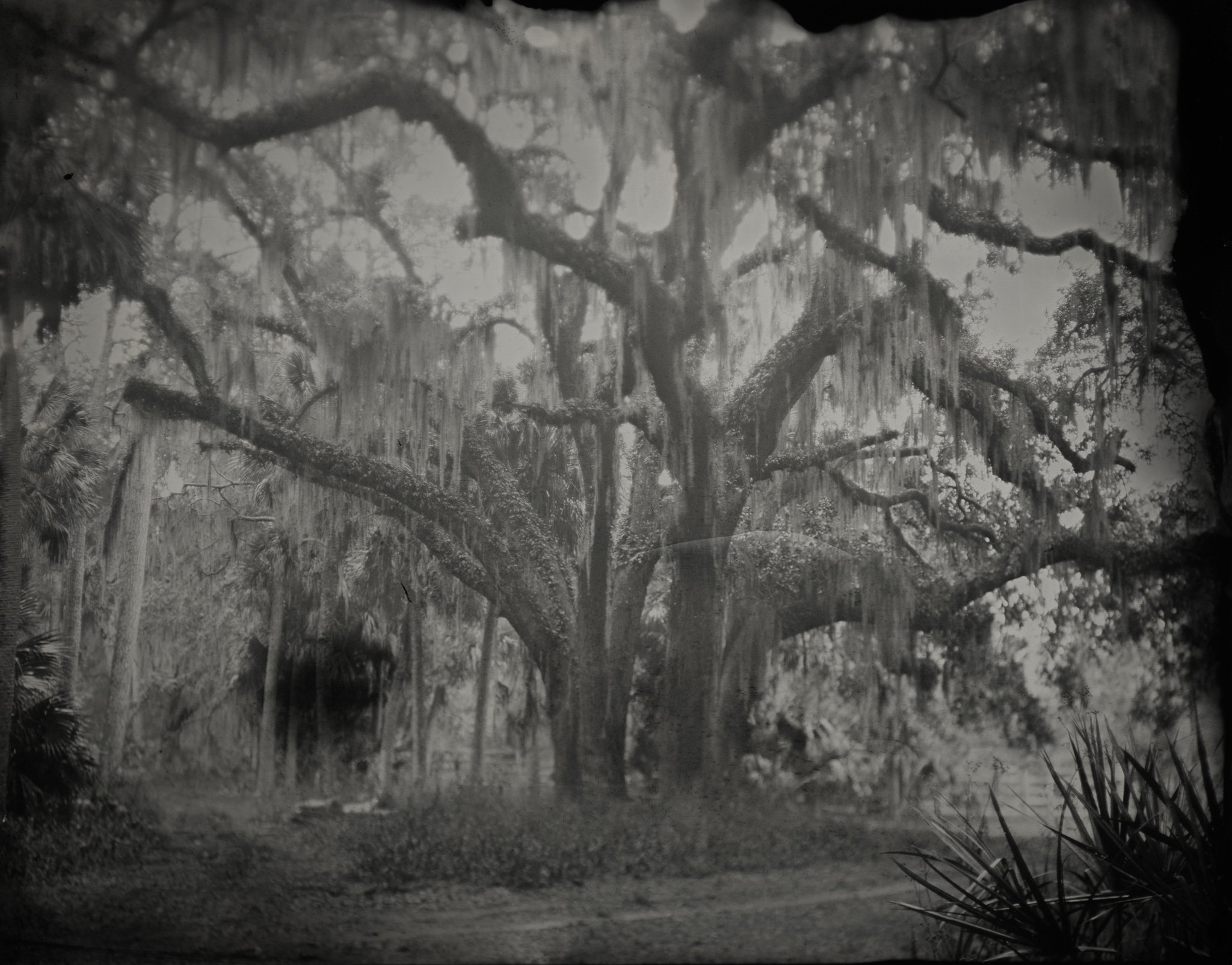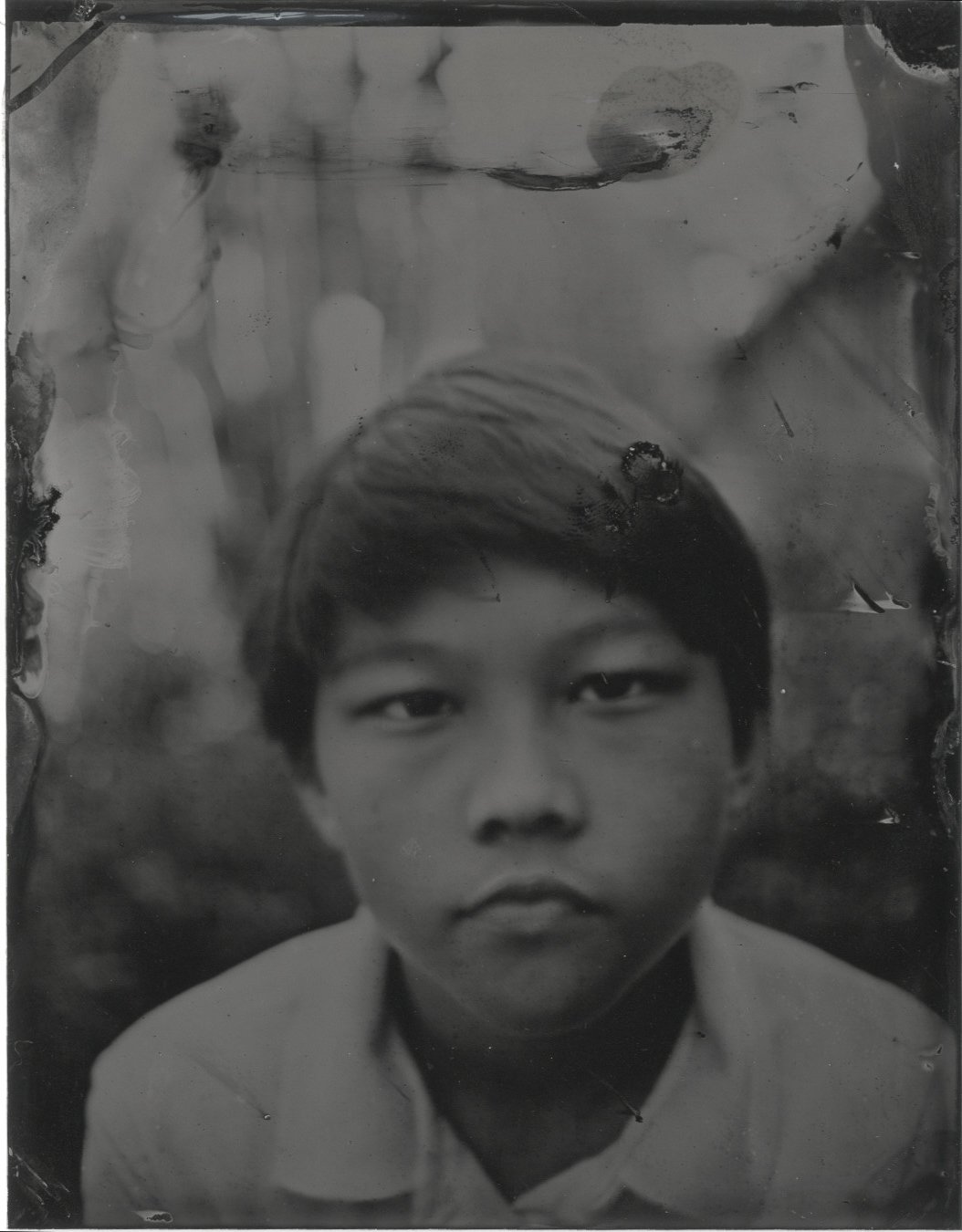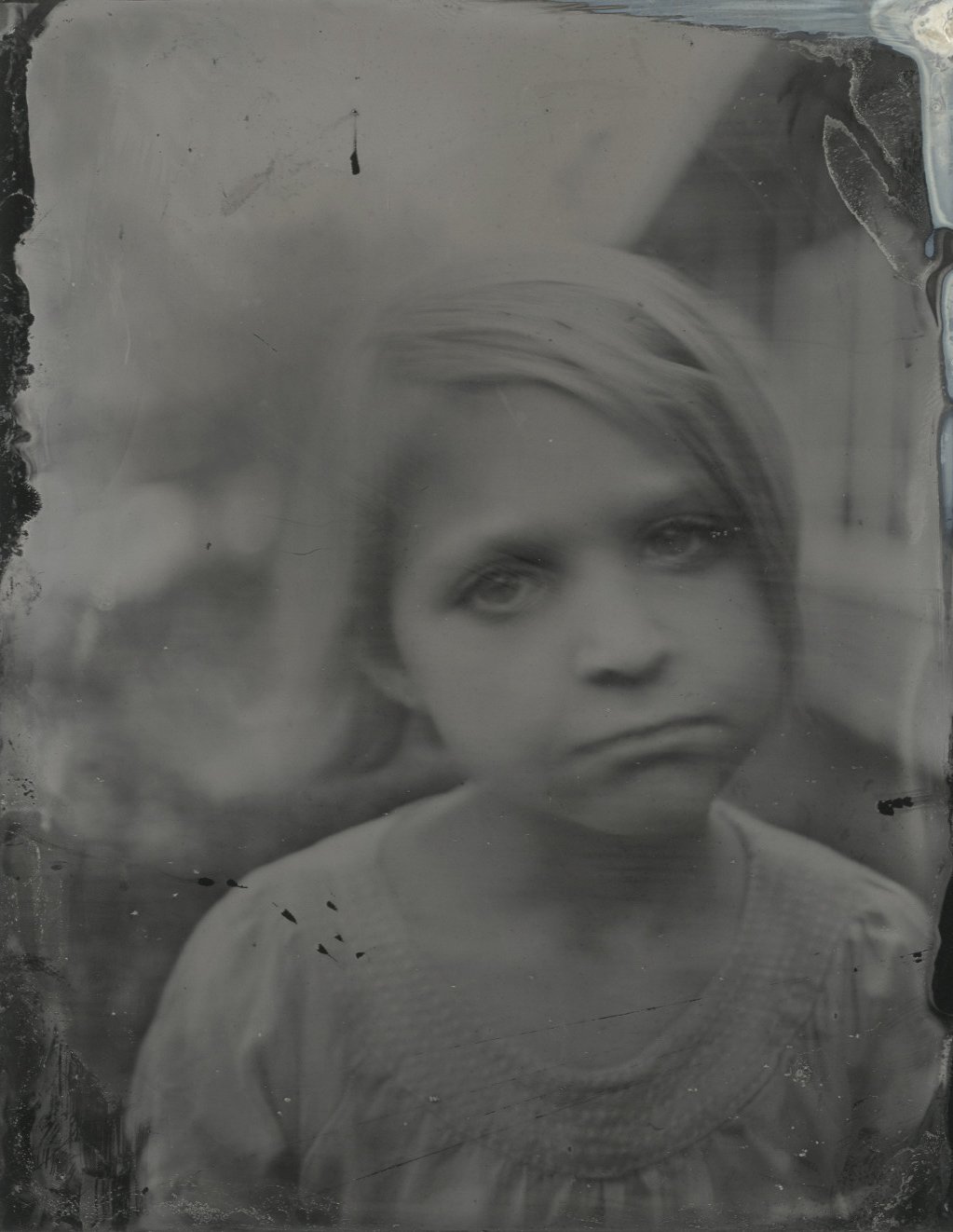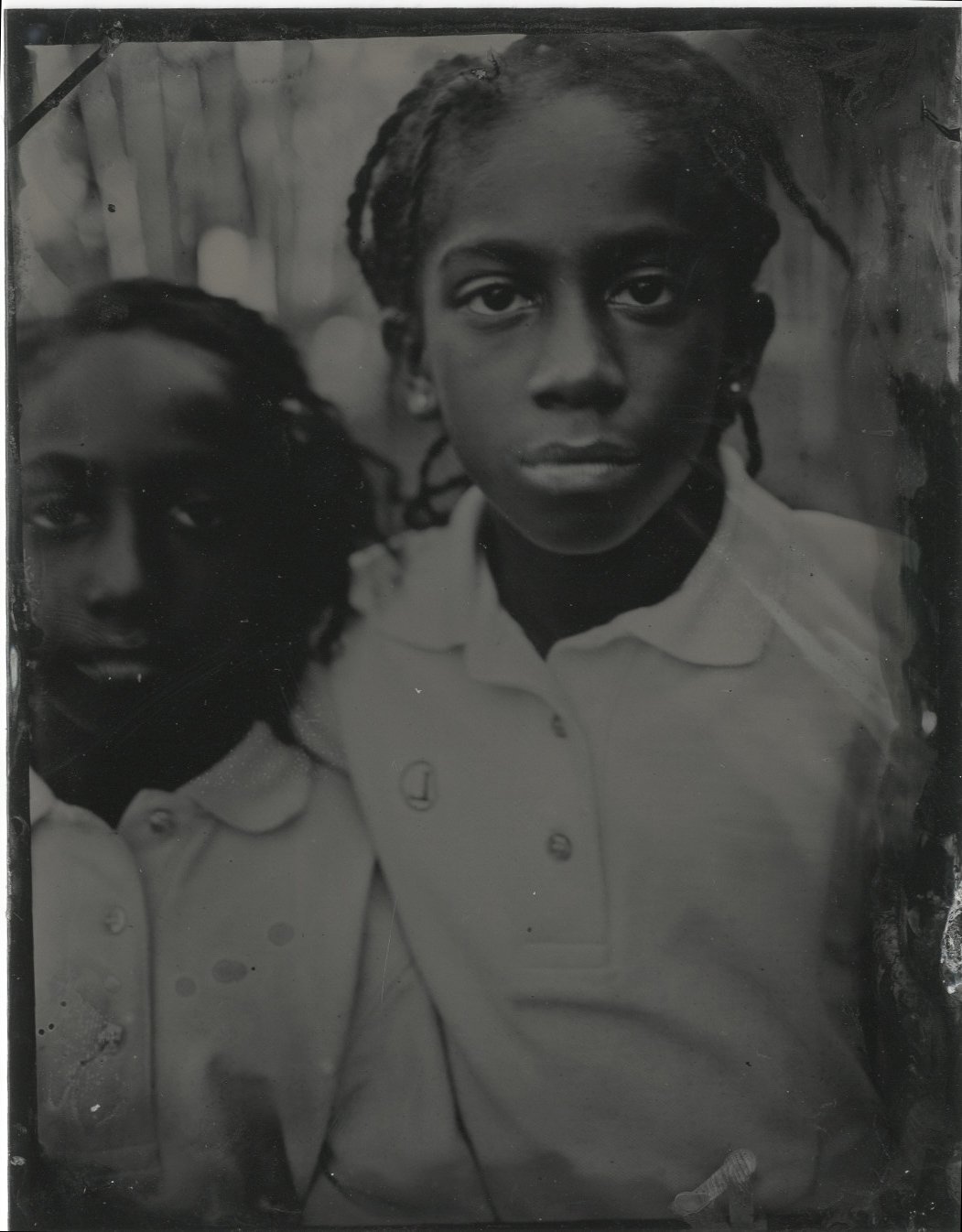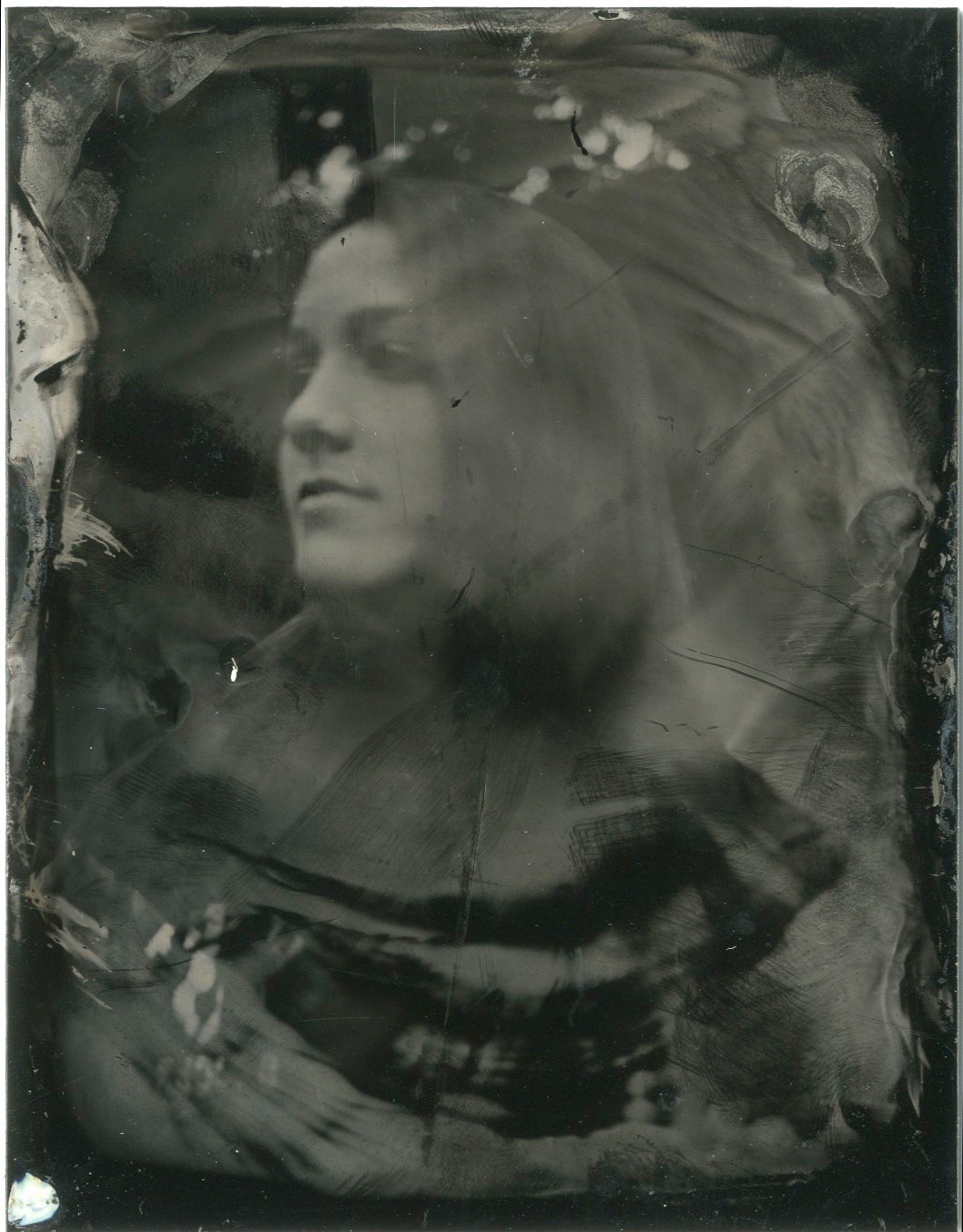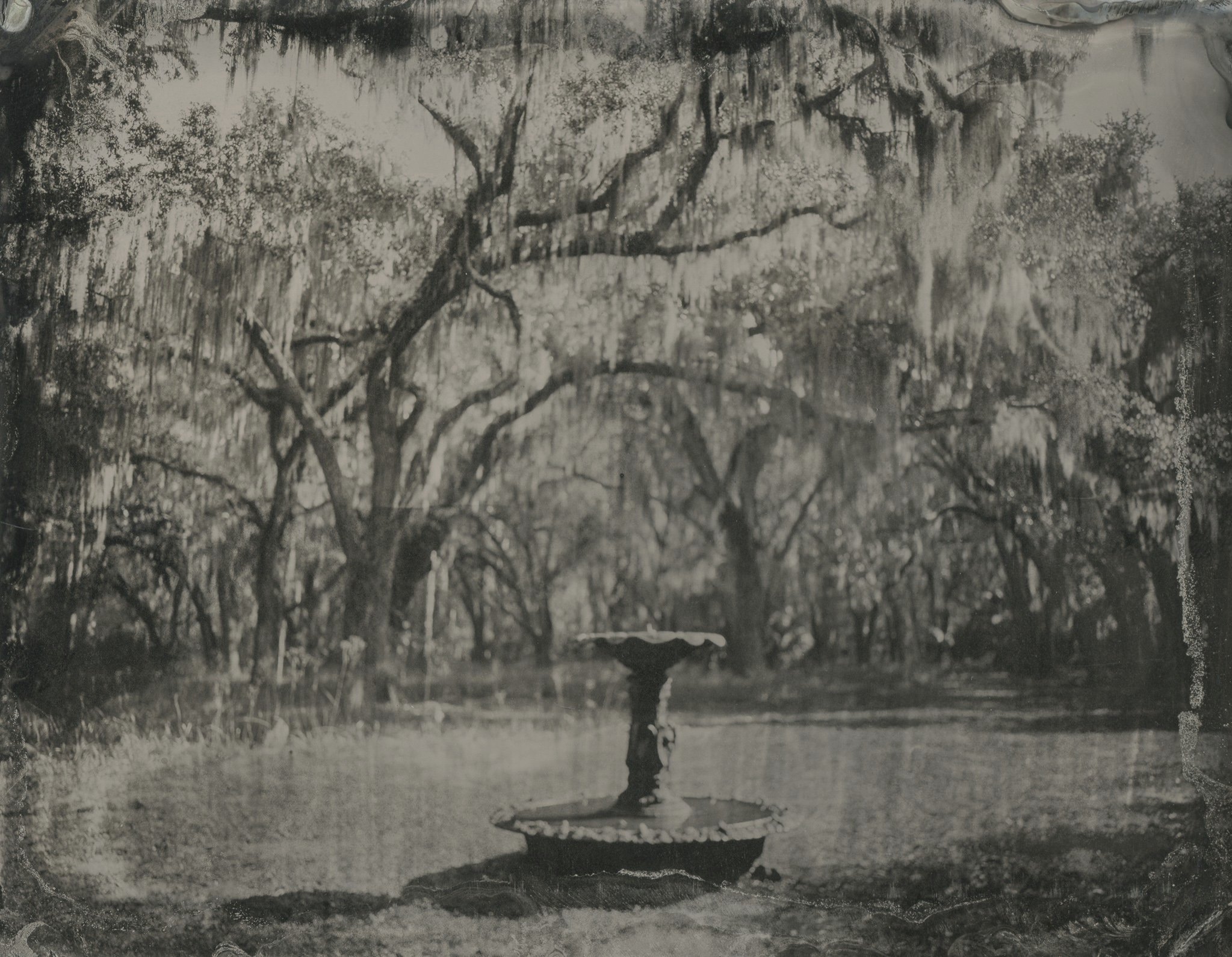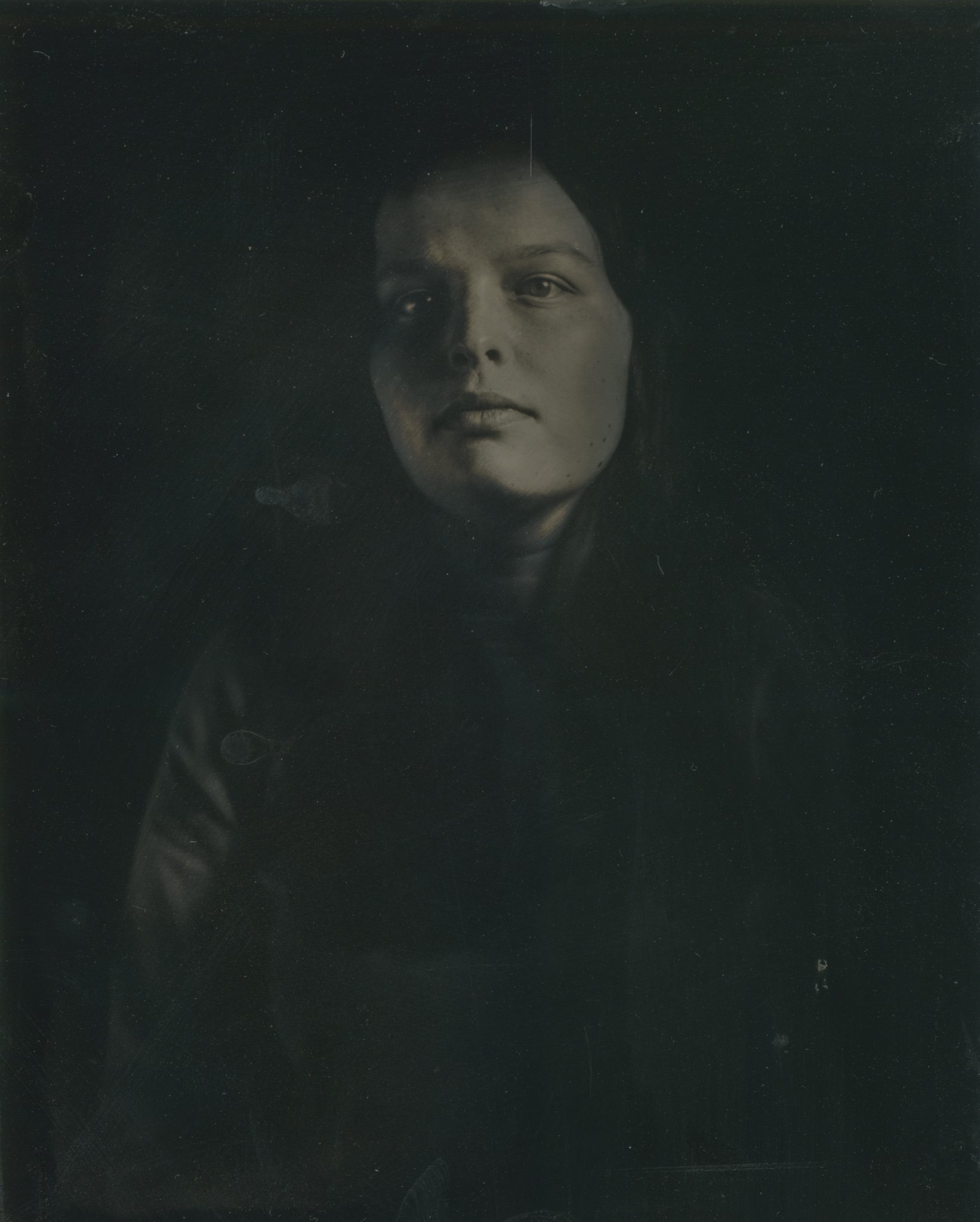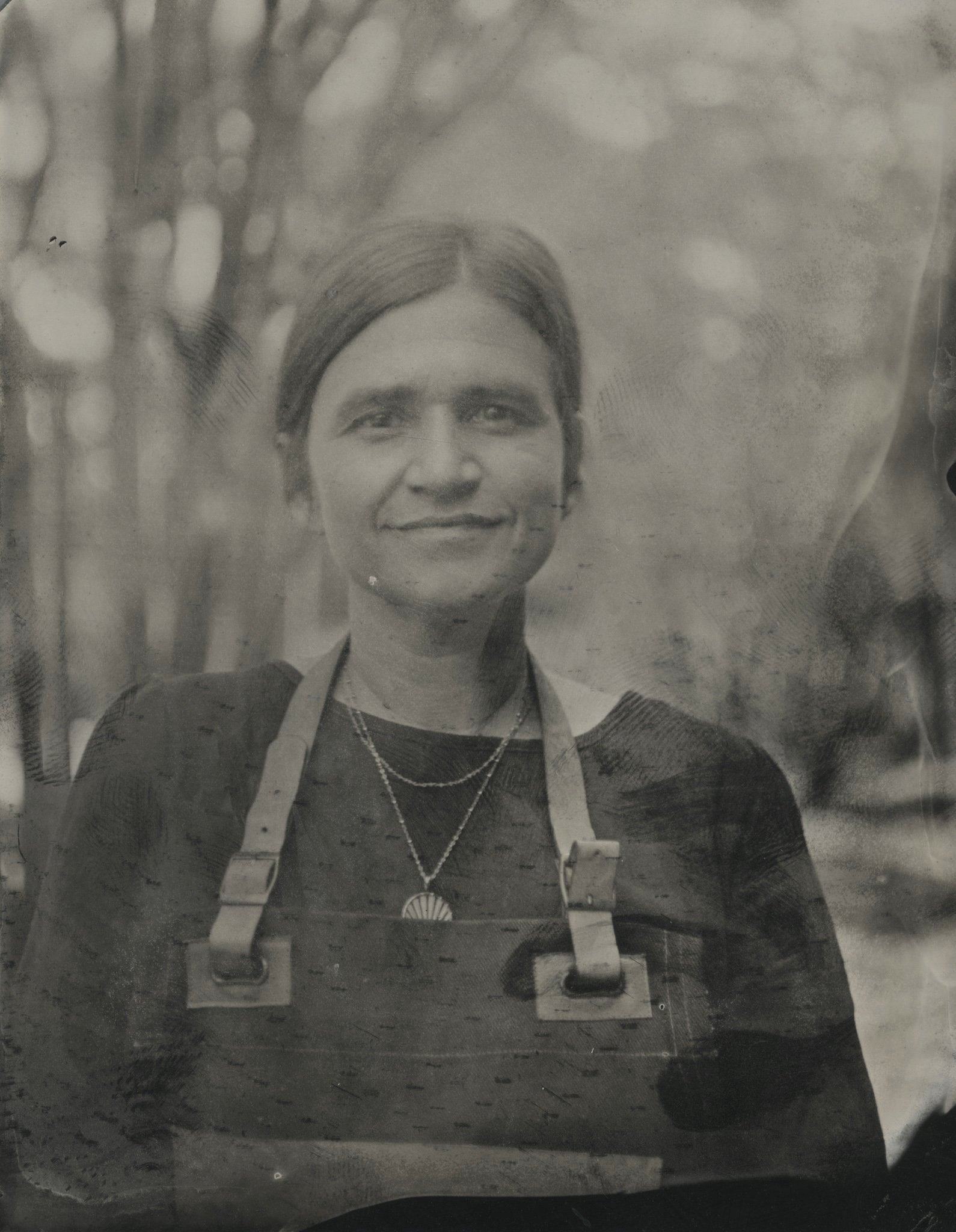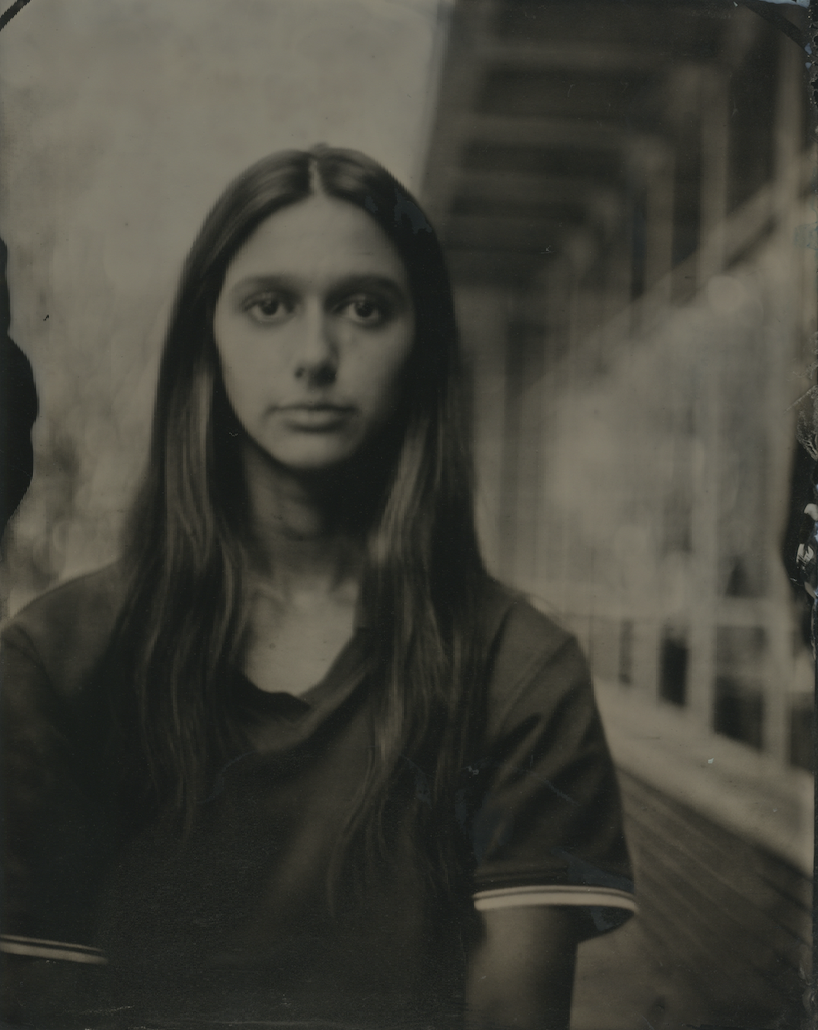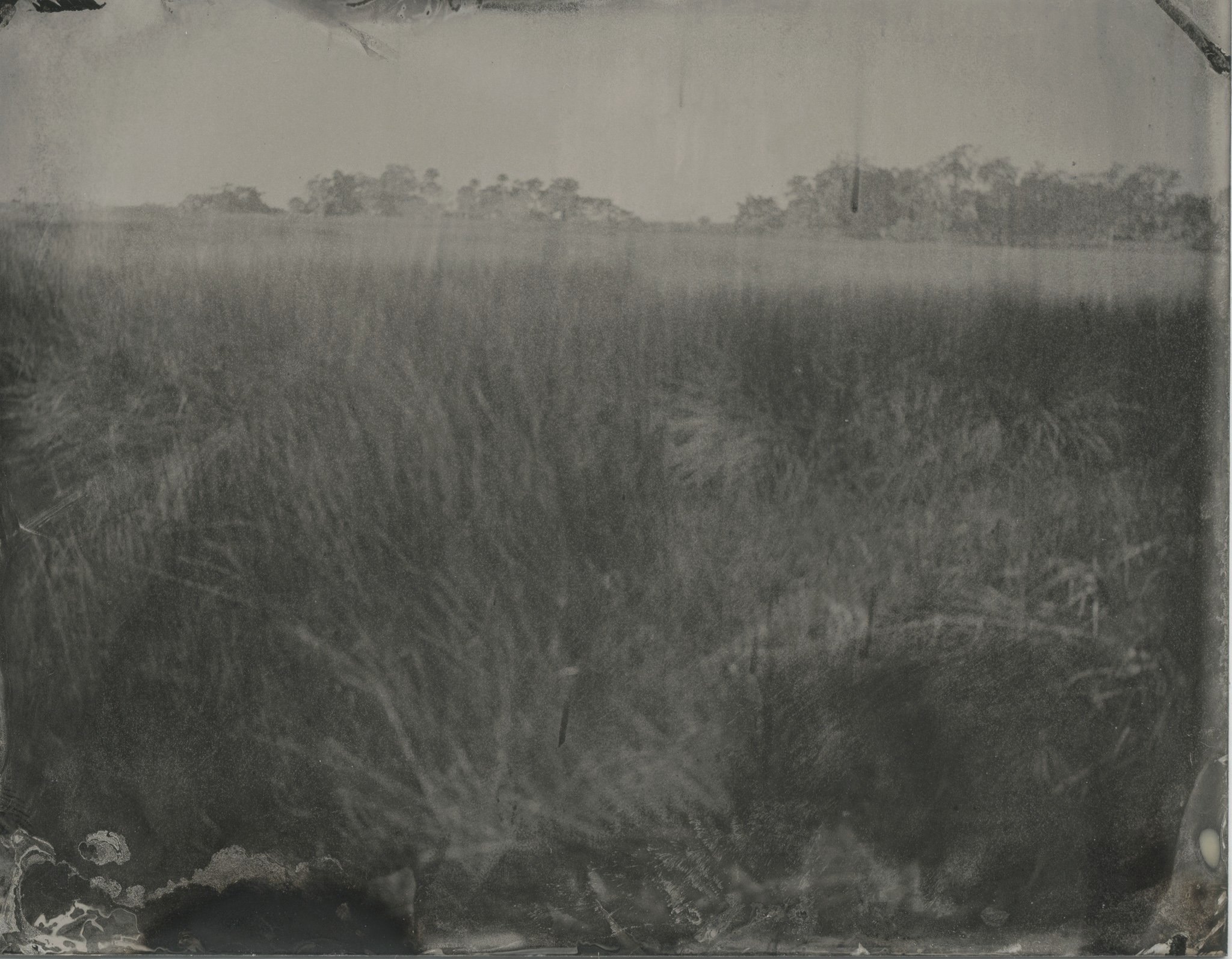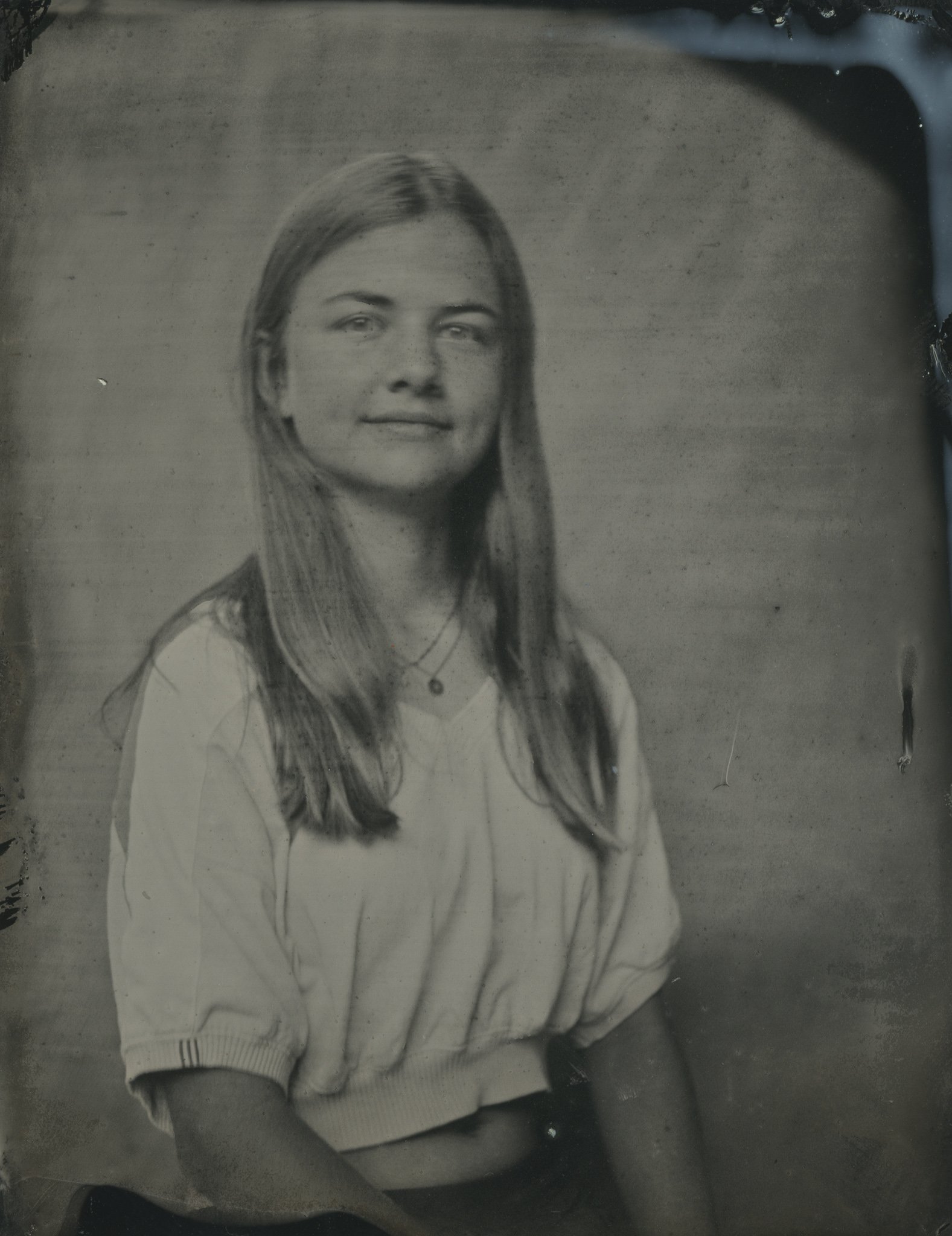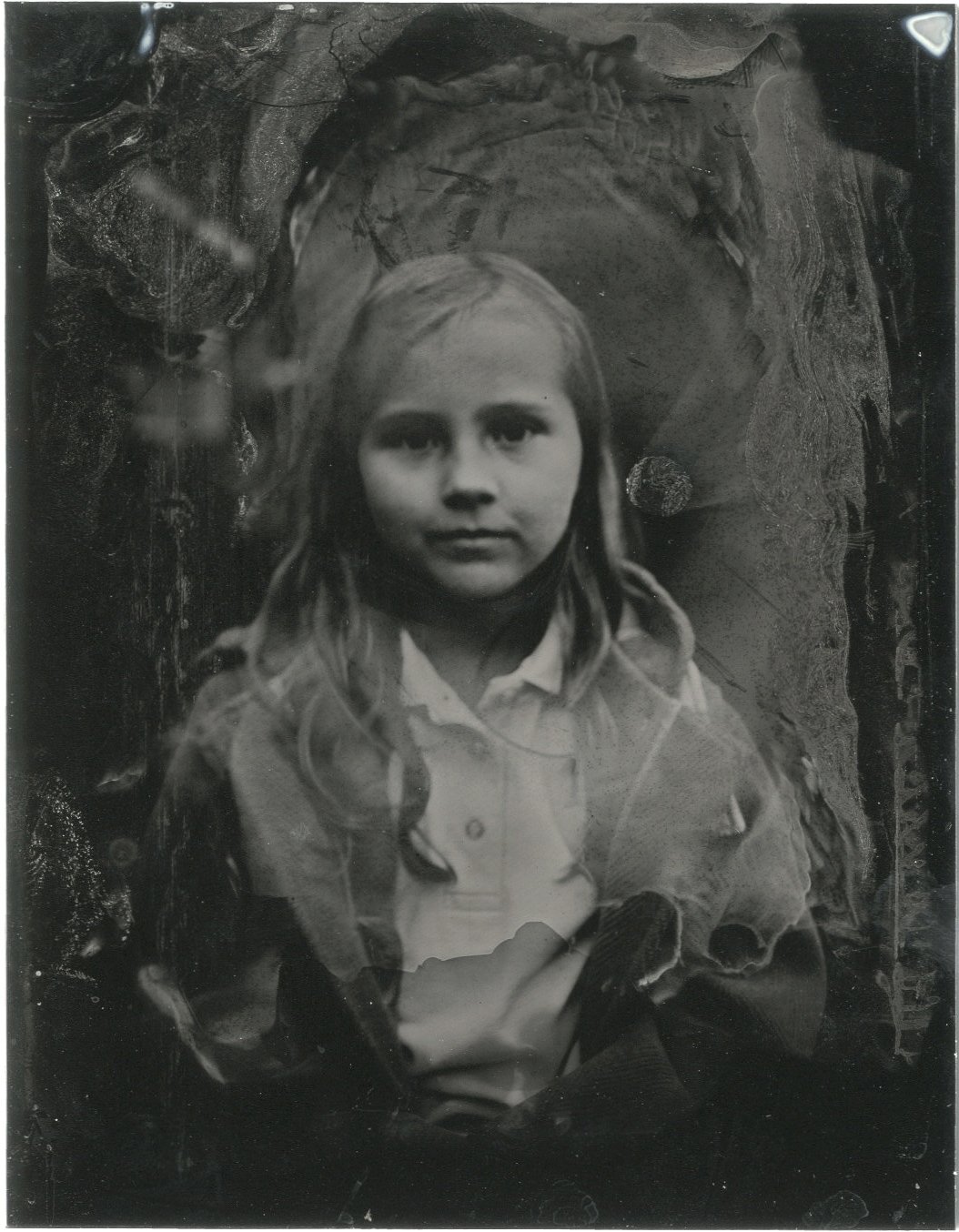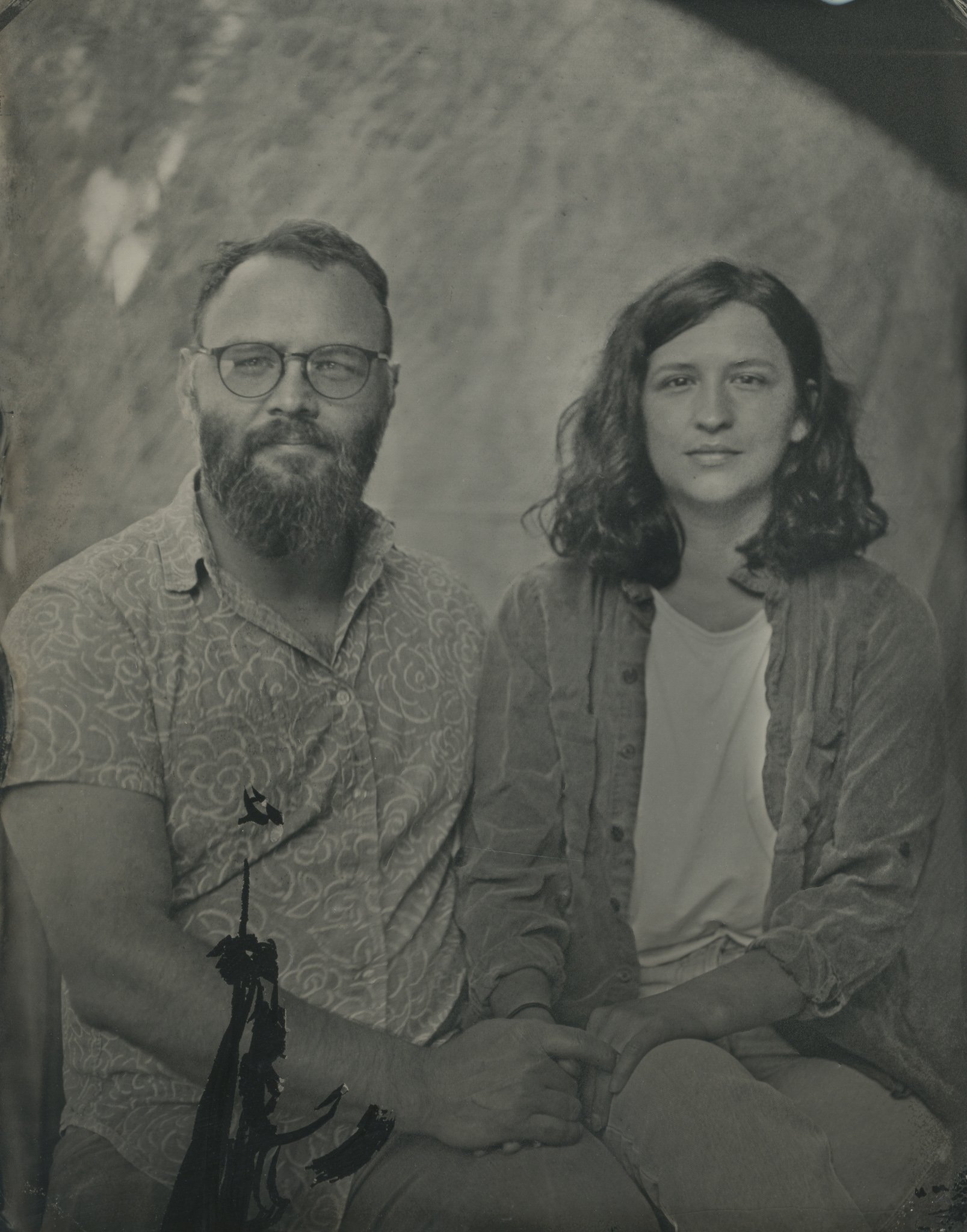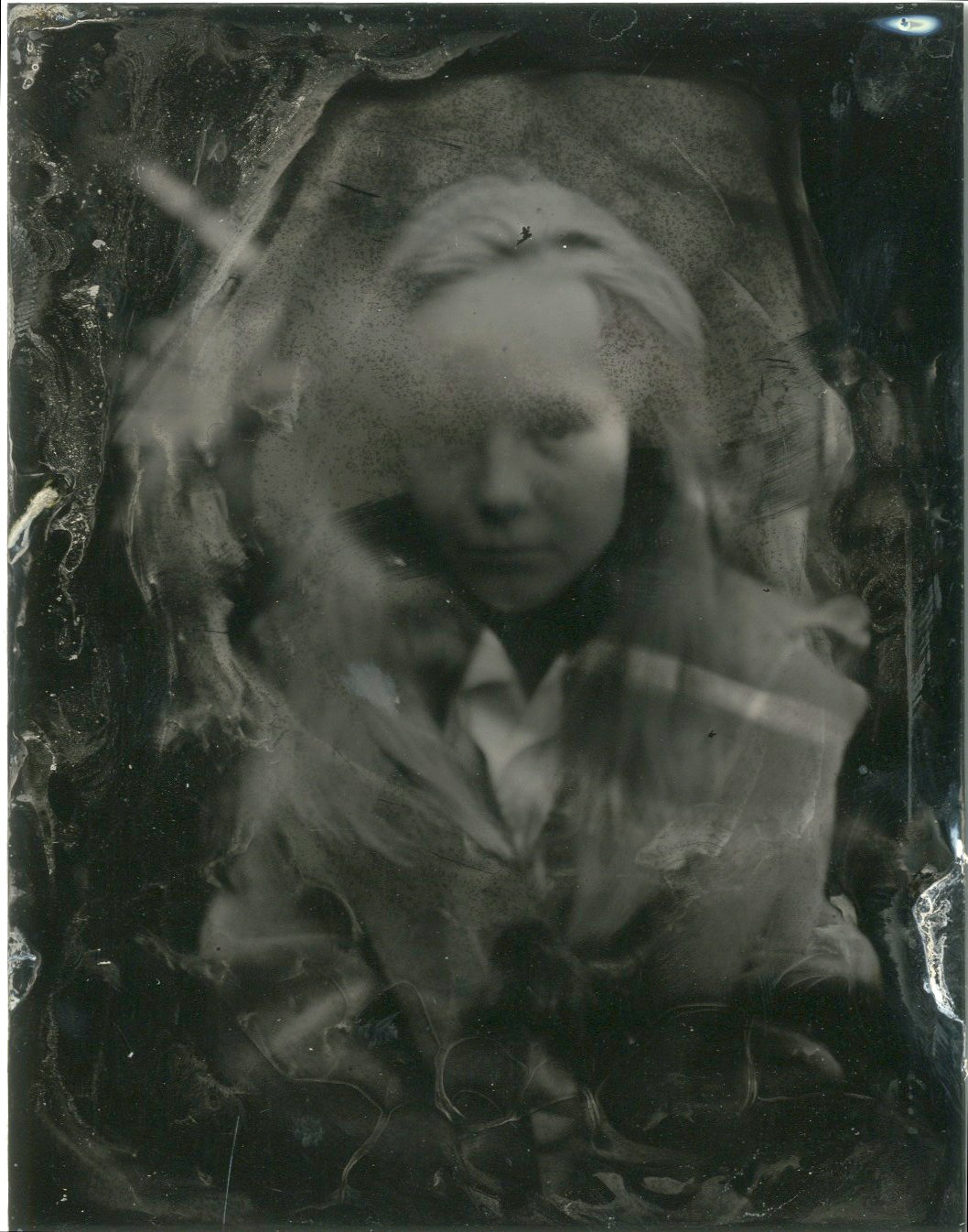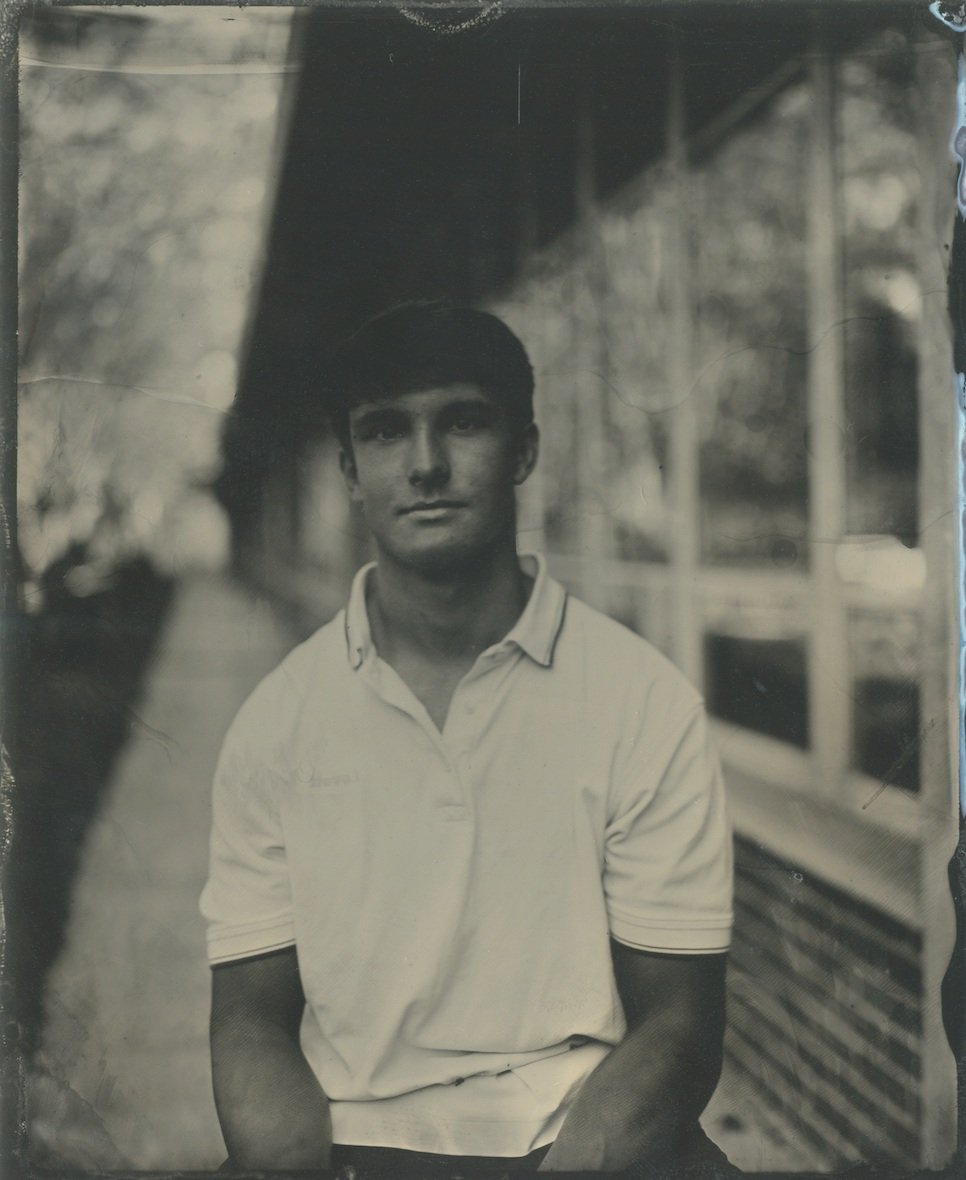Wet Plate Collodion
The history of photography carries with it a history of abstraction. Since its inception, artists have used the medium to transform, lift loose the appearances of the world, and present images beyond our recognition or expectation. Alchemy has an enduring relationship with photography. Many of the chemicals ubiquitous to analog photography, such as silver nitrate, silver chloride, nitric acid, and salt, facilitated the “little bit of magic” that Henry Fox Talbot announced with his invention of the photo-negative process he called “calotypes,” are said to have been used by alchemists as far back as the eighth century. The collodion process was theorized in 1850 by Gustave Le Gray, but the invention was credited to Frederick Scott Archer in 1851. Many photographers and experimenters refined or varied the process during the subsequent decades. By the end of the 1860s, it had almost entirely replaced the first-announced photographic process, the daguerreotype.
